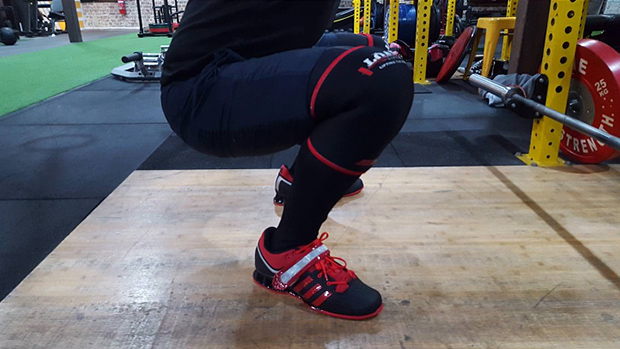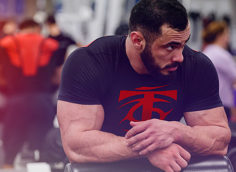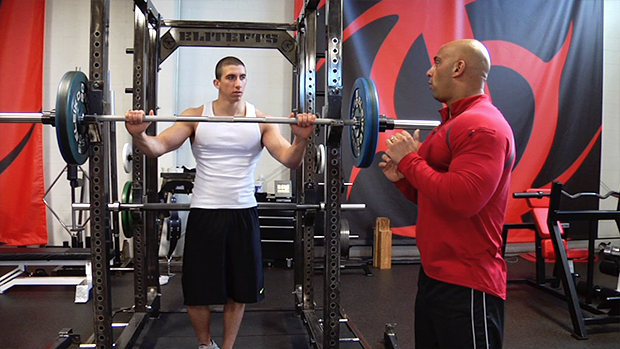Squat Depth Trends
I was once a proponent of ass-to-grass (ATG) squats, but now I recommend squatting to parallel.
When I became a strength coach 15 years ago, I was convinced that ass-to-grass was the optimal squatting method. After all, ATG squats produced a greater stretch in the legs, induced greater levels of muscle soreness, and was exponentially more challenging than squatting to parallel or above.
In addition, all the hardcore lifters seemed to say anything short of ATG was heresy. So of course they had to be correct, right? Not exactly. After several years of witnessing a number of musculoskeletal and orthopedic issues gradually develop in mine and my clients' bodies, I began to examine what other coaches began advocating. The trend was shifting to a more personalized approach – finding a squat depth for each individual's ability and anthropometrics.
Many of us abandoned the one-squat-fits-all approach, and we advised the clients that could squat ATG in a pain-free fashion to do so, while we advised others to squat to parallel or slightly below depending on their individual needs. So each lifter would squat to their deepest pain-free range of motion.
Sounds reasonable, doesn't it? But there's more to the story. When I first began implementing this approach I thought for sure this was the key for optimizing the squat pattern. But after several more years of analyzing my clients, I began to notice a surprising trend.
Those who could only squat to approximately 90-degrees or parallel made the largest strength and size gains in their lower body AND they experienced the least amount of joint and soft tissue inflammation. In fact, the parallel squatters rarely needed to foam roll or perform extensive warm-ups before their squats.
In addition, those who squatted with 90-degree positions actually improved their movement mechanics including their gait, running, jumping, and agility. More surprising was their mobility and flexibility actually improved.
In contrast, the lifters who were able to squat ATG with no apparent issues actually had to perform lengthy warm-up sessions, soft tissue work, mobility drills, and stretches to combat the host of issues produced from their squats.
And unfortunately, the ATG squatters actually experienced a number of unusual gait and movement aberrations, not to mention actual decrements in their mobility and stability most likely due to the accompanying inflammation. They also seemed to hit consistent plateaus in various markers of athletic performance.
Furthermore, my collegiate and professional athletes who switched to parallel squats began noticing greater improvements in explosive power in their jumping and sprinting activities with markedly reduced joint pain and inflammation.
Fortunately at this time I began my PhD in kinesiology which allowed me to dive deeper into optimal squat mechanics. After examining various elements of muscle physiology, biomechanics, and neurophysiology, it became apparent that 90 degree angles and parallel joint segments were ideal not only for squats but for nearly all movements.
This notion held true for any human being regardless of their individual differences in anthropometrics. After spending well over a decade coaching hundreds of athletes of all different shapes, heights, ages, and sizes, the one thing I can tell you is that while maximal range of motion and mobility boundaries vary greatly from person to person, proper squat depth, mechanics, and ideal range of motion are very similar from individual to individual. (More info: The Real Science of Squat Depth.)
Individual differences in anthropometrics indicates maximal range of motion, not optimal range of motion.





